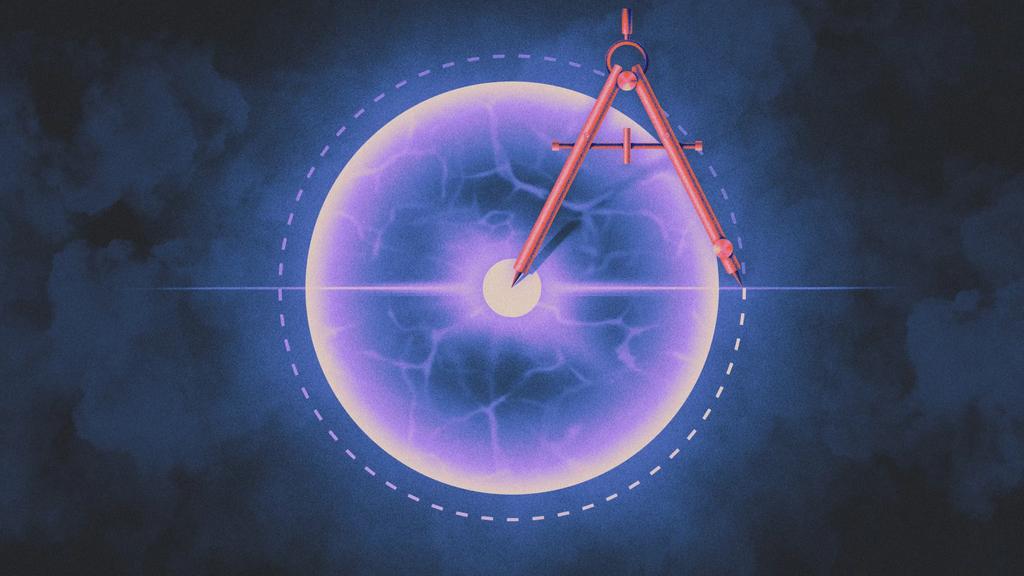
2 minute read
Electrons Are Extremely Round and Physicists Aren’t Happy About It
By Emma Rathgeber
You’re probably familiar with the electron: a subatomic particle with a negative charge But for most, that’s where the road ends. Recent studies, however, have sought to gain a deeper understanding of the electron– specifically, the distribution of an electron’s charge. Current models predict that an electron’s charge is almost exactly symmetrical, but dissatisfied physicists are attempting to disprove this theory. Our long-held understanding of the subatomic realm is outlined in the Standard Model of Particle Physics. This model includes a list of all known fundamental particles that exist in the universe, which is currently numbered at seventeen. However, physicists have discovered some gaps in the Standard Model, particularly regarding dark matter and the effects of gravity and other fundamental forces on subatomic particles Therefore, physicists have theorized that there exist undiscovered subatomic particles that can help fill in these gaps, and they have looked to the electron for help.
Advertisement
Electrons have a key property that physicists have turned to for experimentation: the electric dipole moment, or EDM. The EDM is a property that is defined by a brief separation of charge within an electron, resulting in one slightly positive end and one slightly negative end. The Standard Model predicts that the EDM is very, very small for electrons– so small that it is undetectable. Many physicists take issue with this prediction, however, because it does not leave room for the existence of new subatomic particles. Their reasoning is this: an asymmetrical distribution of charge could be word due to unknown particles acting on an electron and distorting its shape, but if an electron is perfectly round, no such particles would exist. Therefore, if physicists can prove that an electron’s charge is unevenly distributed– that is, if an electron has a large EDM– they will have strong evidence for the existence of new subatomic particles So, physicists have set out to prove exactly that.
To search for an EDM, physicists are conducting highly intricate experiments Put simply, an electron is placed in an electric field, and its rotation is measured Scientists reason that if an electron’s charge is unevenly distributed, the electron will spin when placed in an electric field, with the EDM acting as a sort of “electric handle.” Basically, the more the electron spins, the larger its EDM. Various university researchers from around the world, including the US, the UK, and Canada, have carried out and modified this experiment. For example, London researchers have discovered that attaching the electron to a heavy molecule magnifies the handle effect. Currently, there are two main teams of researchers on the hunt for an EDM. Physicists at Northwestern University are conducting a modified version of the experiment under the name Advanced Cold Molecule Electron EDM (ACME). Researchers at the University of Colorado are conducting similar experiments, and the two teams have been racing to find evidence of an EDM with increasingly sensitive experiments These experiments are now so sensitive that if the electron was the size of Earth, an inconsistency word the size of a sugar molecule could be detected–yet, one hasn’t been detected. What researchers have only begun to realize is that electrons are much, much rounder than previously thought. This has come as bad news to many in the physics community, who have spent decades in word search of new subatomic particles. While these experiments have not yet provided researchers with evidence of new subatomic particles, physicists are hopeful that, with increasingly sensitive measurements, a breakthrough will happen soon








